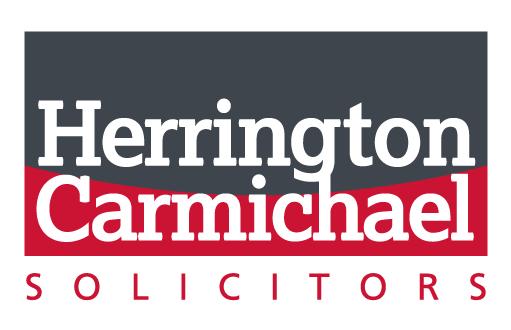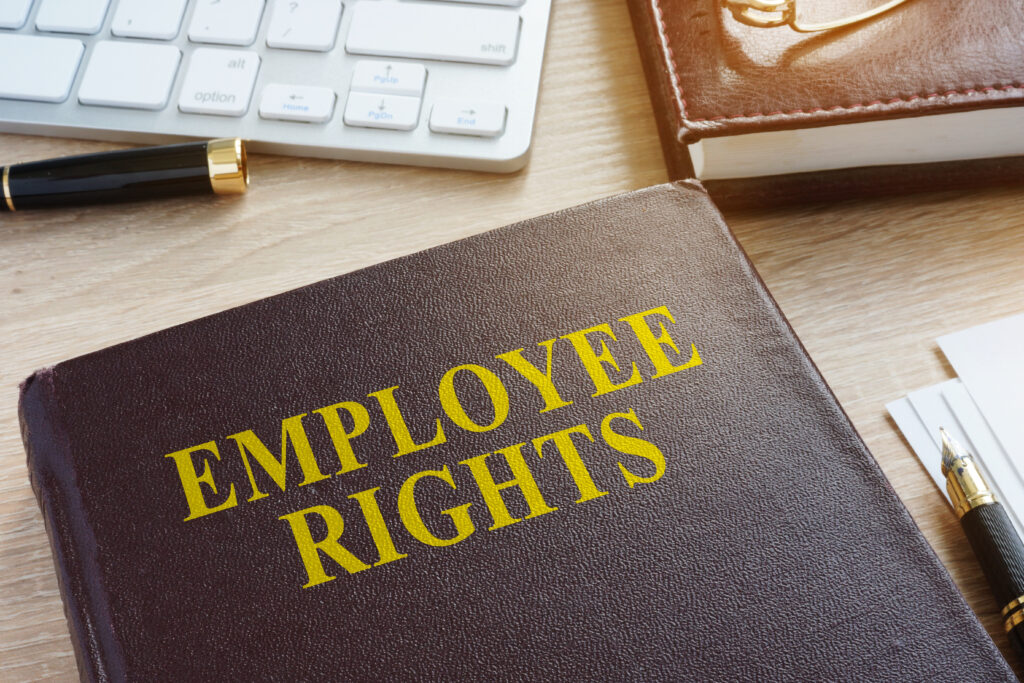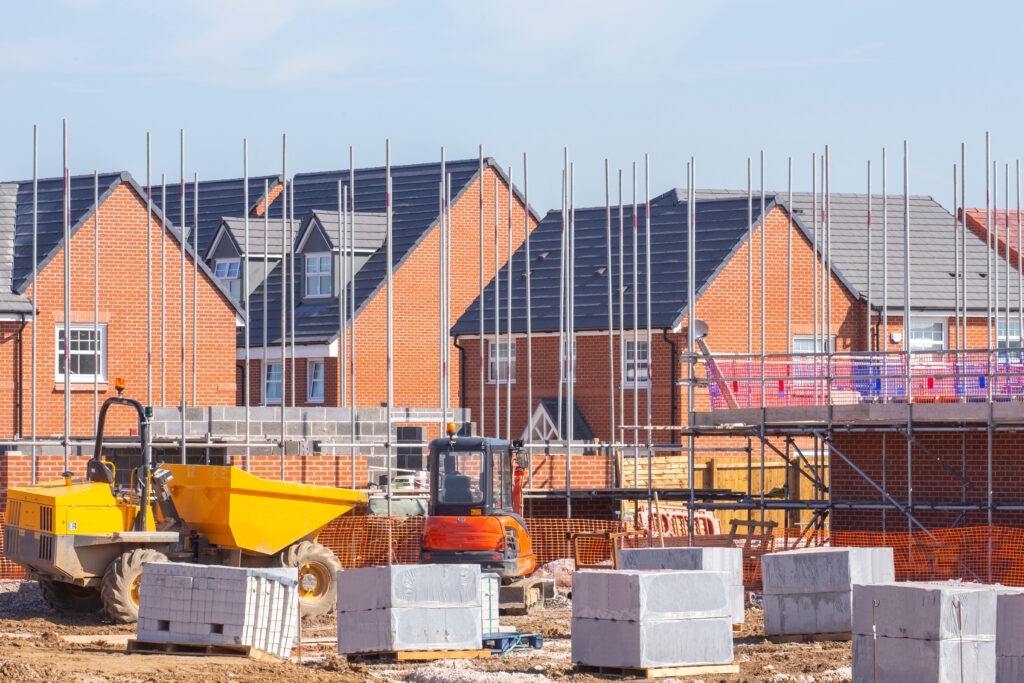What is a green lease?
A green lease is any lease that incorporates provisions aimed at improving the environmental performance of a building. These leases typically include clauses that allocate responsibilities between a landlord and tenant to support sustainability goals such as reducing energy consumption, improving waste management, and enhancing overall building efficiency.
Green leases are becoming more prevalent in commercial property as landlords and tenants seek to align with the UK Government’s commitment to achieving net zero carbon emissions by 2050.
Why do they matter?
Green leases are not currently a legal requirement, but they are gaining traction. One of the key drivers is the tightening of the Minimum Energy Efficiency Standards (MEES) which currently require a minimum EPC rating of E for commercial properties to be let. From April 2023, this requirement applied to both new and existing leases.
The Government has proposed raising the minimum EPC rating to a B by 2030. A recent study from CBRE found that 60% of UK office buildings currently fall below this future standard and this suggests a significant proportion of the market will require retrofitting and energy upgrades to remain compliant.
Shades of green spectrum
A light green lease refers to a lease that includes basic environmental commitments. These provisions may be set out in a Memorandum of Understanding and typically reflect a shared intention between the landlord and tenant to promote sustainability. While they do not impose enforceable legal obligations, they could contain commitments to the environment and energy efficiency.
A medium green lease introduces enforceable obligations, often linked to building policies or sustainability frameworks. These leases may require parties to consider environmental impacts when undertaking works or using the property, but the obligations are unlikely to impose substantial financial burdens.
A dark green lease is a lease which is likely to contain a legally binding obligations on both landlords and tenants. These leases often involve significant financial commitments and operational changes, such as specific upgrades to improve the EPC rating or reducing emissions to a specified level.
Examples of green lease clauses
Green lease clauses can be tailored to reflect the sustainability goals of both the landlord and the tenant and the nature of the property.
- In regard to Energy Performance Certificates (EPCs), a tenant could be prohibited from undertaking any alterations or works to the building which could negatively affect the buildings EPC rating. The Tenant could also be required to cooperate with maintaining or improving the EPC rating by allowing the landlord access for assessments.
- Secondly an alterations clause could facilitate environmentally beneficial alterations such as the installation of energy efficient lighting which don’t require landlord’s consent. Likewise, there could be obligations regarding the use of sustainable materials during fit out works.
- A green lease could contain a provision regarding waste management and disposal such as outline provisions regarding recycling and how to reduce waste at the property.
- Data sharing clauses are also becoming more common and may require tenants to provide information on their energy use, waste management or recycling rates. This data can then be used to monitor sustainability targets and identify areas of improvement. There should also be some consideration for confidentiality and additional provisions if necessary.
Benefits for Landlords
For landlords, a green lease could offer several strategic advantages as properties with strong environmental credentials could be seen as more attractive to tenants and investors and therefore could demand higher rent. Green leases can also help landlords comply with the evolving regulatory requirements while helping reduce costs through energy saving initiatives.
Benefits for Tenant’s
Tenants can benefit from green leases through reduced utility costs, improved indoor environmental quality, and alignment with corporate sustainability goals. Features such as energy efficient heating, lighting and better air circulation contribute to employee’s wellbeing and productivity.
In an ever increasing competitive market, occupying a building which promotes sustainability can enhance brand reputation and help to attract and retain the top talent.
What are the challenges
One of the most significant challenges is the allocation of costs for sustainability improvements. Retrofitting older buildings to meet higher EPC standards can be expensive, and drafting must be precise to avoid ambiguity about who bears these costs.
The complexity of drafting green leases can also present a hurdle. Green leases often require detailed and bespoke clauses to reflect the sustainability goals of both parties. This can lead to longer negotiation periods which can increase costs.
Looking to the future
The UK real estate market is expected to continue its shift towards sustainability, with green leases becoming more widespread. The Government’s consultation on MEES and its broader climate strategy suggest that regulatory requirements will continue to tighten, making green lease provisions increasingly important.
Landlords will need to ensure their properties meet higher EPC standards and that leases are carefully drafted to address issues such as cost allocation, rights of access, and responsibility for improvements. As demand for sustainable buildings grows, green leases will play a critical role in future-proofing assets and supporting the transition to net zero.
To discuss green leases and the topics raised in this article, please contacts us.









